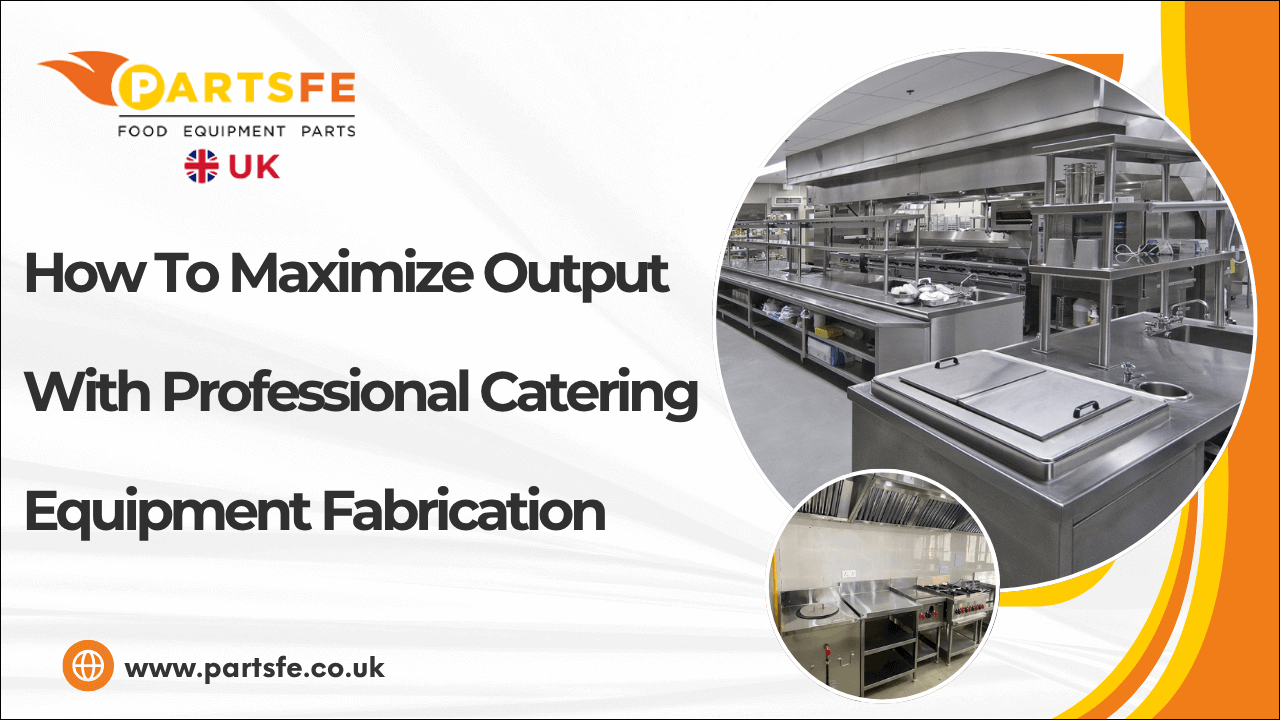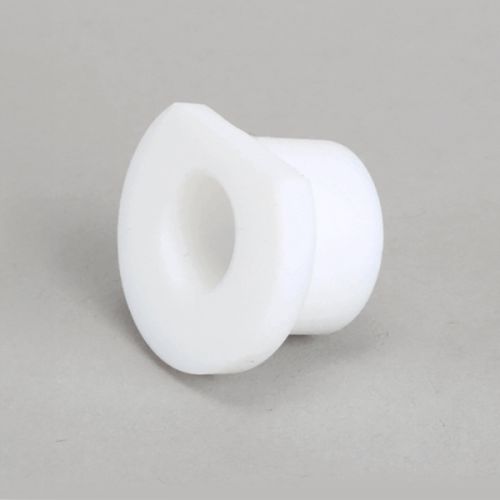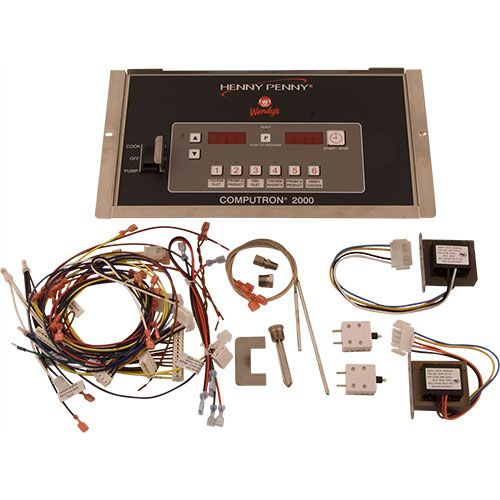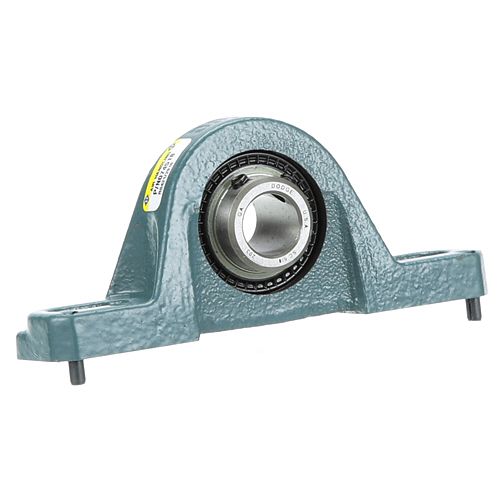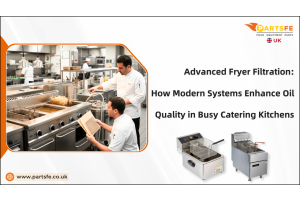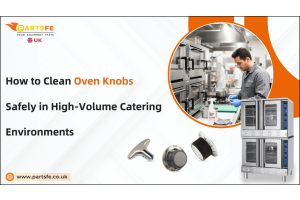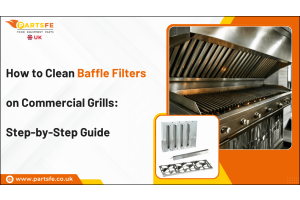How To Maximize Output With Professional Catering Equipment Fabrication
In today's rapidly evolving culinary landscape, the demand for customized catering setups is greater than ever. Restaurants, event organizers, and large-scale food service providers continually seek innovative ways to optimize their kitchen output, streamline workflows, and deliver exceptional dining experiences. Catering equipment fabrication plays a crucial role in achieving these goals by providing tailored solutions that address the unique challenges and requirements of each operation.
Investing in professional catering equipment fabrication is not merely an expenditure, it's a strategic decision that can significantly impact a business's bottom line. This article explores the concept of catering equipment fabrication, its benefits, and how it can revolutionize commercial kitchen operations.
What is Catering Equipment Fabrication?
Catering equipment fabrication refers to the process of designing and constructing custom-made kitchen equipment to meet specific needs. Unlike standard, off-the-shelf equipment, fabricated solutions are tailored to fit the exact dimensions, layout, and workflow of a commercial kitchen. This bespoke approach enables businesses to optimize space utilization, enhance operational efficiency, and foster a more ergonomic and productive work environment.
-
Standard equipment is mass-produced with a one-size-fits-all mentality. Fabricated equipment, conversely, is designed and built to order. This distinction is critical for commercial kitchens where space is often limited and efficiency is paramount.
-
Fabricated equipment addresses unique challenges, such as unusual kitchen layouts, specific menu requirements, or the need to integrate seamlessly with existing setups.
In commercial kitchens, catering equipment fabrication plays a vital role in optimizing every aspect of food preparation, cooking, and service.
Key Benefits of Professional Fabrication
Investing in professional catering equipment fabrication offers many advantages that can significantly impact a commercial kitchen's efficiency, hygiene, and long-term profitability.
|
Benefit |
Description |
|
Space optimization |
|
|
Enhanced hygiene and cleanliness |
|
|
Custom design for the menu or workflow |
|
|
Improved durability and lifespan |
|
|
Compliance with health & safety standards |
|
Equipment That Benefits from Custom Fabrication
Many types of catering equipment can benefit from custom fabrication, offering significant improvements in efficiency, performance, and usability. The ability to tailor these essential pieces of equipment to specific needs can transform a kitchen's overall productivity.
-
Dishwashers: Custom dishwashers can be designed to fit seamlessly into a kitchen's layout, optimizing the flow of dirty and clean dishes. Faster throughput can be achieved through custom racking systems and high-efficiency washing cycles. Easy maintenance access can be ensured through strategically placed access panels and components. A custom dishwasher might include features like pre-wash soaking stations, automated sorting systems, and real-time monitoring of water temperature and chemical levels, ensuring optimal cleaning and sanitation.
-
Fryers: Optimized oil management systems can extend the life of frying oil and reduce waste. Space-saving dual or triple well setups can increase frying capacity without taking up additional floor space. Custom fryers can also be designed with features such as automatic oil filtration and temperature controls. Imagine a fryer designed with a built-in oil filtration system, automatic temperature controls, and an integrated oil recycling system, minimizing waste, maximizing oil life, and ensuring consistent cooking quality.
-
Griddles & grills: Tailored for specific cooking styles, custom griddles and grills can enhance the quality and consistency of food. Efficient grease management systems can reduce cleanup time and improve hygiene. Precise temperature control allows for consistent cooking results. A custom grill might include features like adjustable height grates, infrared burners for searing, and programmable temperature profiles, allowing chefs to create perfectly cooked dishes every time.
-
Ice machines: Built-in drainage and water line integration simplifies installation and prevents water damage. Noise and heat reduction enhancements can improve the working environment. Custom ice machines can be designed to produce specific types of ice, such as cubed, flaked, or nugget ice, each catering to different beverage needs. An ice machine with custom features could include an integrated water filtration system, automatic cleaning cycles, and remote monitoring capabilities, ensuring a constant supply of clean, high-quality ice.
-
Ovens: Multi-rack, multi-zone customization allows for simultaneous cooking of different dishes at different temperatures. Ergonomic placement and ventilation improvements enhance worker comfort and safety. Custom ovens can also be designed with features such as programmable controls, steam injection, and self-cleaning capabilities. Consider an oven designed with multiple independently controlled zones, allowing chefs to bake bread, roast meats, and steam vegetables simultaneously, optimizing workflow and minimizing energy consumption.
Must-Have Catering Equipment for New Restaurant Startups
How Fabrication Improves Workflow Efficiency
Catering equipment fabrication can significantly improve workflow efficiency in commercial kitchens by optimizing the layout, reducing unnecessary movements, and minimizing the risk of cross-contamination.
-
Reduced staff movement: A well-designed kitchen layout minimizes the distance staff must travel between workstations, reducing fatigue and increasing productivity. Custom fabrication allows for the strategic placement of equipment to create a more streamlined workflow.
-
Faster prep-to-service time: By optimizing the flow of ingredients and dishes through the kitchen, custom fabrication can reduce prep-to-service time. This results in faster service, happier customers, and increased table turnover.
-
Minimization of cross-contamination: Custom fabrication can incorporate features such as separate prep areas for raw and cooked foods, dedicated cutting boards for different ingredients, and strategically placed handwashing stations. These measures help minimize the risk of cross-contamination and ensure food safety.
Long-Term ROI and Sustainability
Investing in professional catering equipment fabrication offers long-term ROI and sustainability benefits that can significantly impact a business's bottom line and environmental footprint. Choosing custom fabrication is not only a smart business decision but also a responsible choice for the environment.
-
Reduced energy/water consumption: Custom-designed equipment can incorporate energy-efficient components and water-saving features, reducing utility bills and minimizing environmental impact. Imagine a restaurant that invests in energy-efficient ovens, water-saving dishwashers, and smart lighting systems, significantly reducing its carbon footprint and lowering its utility bills.
-
Fewer breakdowns and repair costs: Durable, high-quality fabricated equipment is less prone to breakdowns and requires less maintenance than standard options, reducing repair costs and downtime. A restaurant that invests in high-quality, custom-fabricated equipment might experience fewer breakdowns, reduced maintenance costs, and increased uptime, leading to significant cost savings over the long term.
-
Adaptability for future kitchen upgrades: Custom fabrication allows for the creation of modular and adaptable equipment that can be easily reconfigured or upgraded as a business grows and evolves. A modular kitchen design can be easily adapted to accommodate changing menus, new equipment, or expanded service areas, ensuring that the restaurant remains efficient and competitive for years to come.
Choosing Restaurant Counter Materials: What You Need to Know Now
Professional catering equipment fabrication offers a multitude of benefits for commercial kitchens, including space optimization, enhanced hygiene, custom design, improved durability, and increased workflow efficiency. By investing in tailored equipment, businesses can unlock their kitchen's full potential, reduce operating costs, and improve the quality of their food and service. Embracing custom fabrication is a strategic decision that can lead to long-term success and sustainability in the competitive culinary industry. PartsFe UK offers an extensive range of OEM and compatible parts for commercial kitchens, including dishwasher parts, fryer parts, griddle and grill parts, ice machine parts, oven parts, and plumbing components
FAQs
What materials are most commonly used in catering equipment fabrication?
Stainless steel is the most commonly used material due to its durability, resistance to corrosion, and ease of cleaning. Other materials, like aluminum or reinforced polymers, may be used based on specific requirements.
Can fabricated equipment be modified later as business needs change?
Yes, most professionally fabricated equipment is designed with modularity in mind, allowing adjustments or upgrades without needing a complete overhaul.

